The American Nuclear Society expresses solidarity with Ukraine's nuclear professionals
Statement from American Nuclear Society President Steven Nesbit and Executive Director and CEO Craig Piercy:

A message from Electrical Builders, Ind.
America’s Top Performing Nuclear Plants Rely on Electrical Builders, Industries to Expand and Extend the Life of Their Critical Electrical Assets
Statement from American Nuclear Society President Steven Nesbit and Executive Director and CEO Craig Piercy:
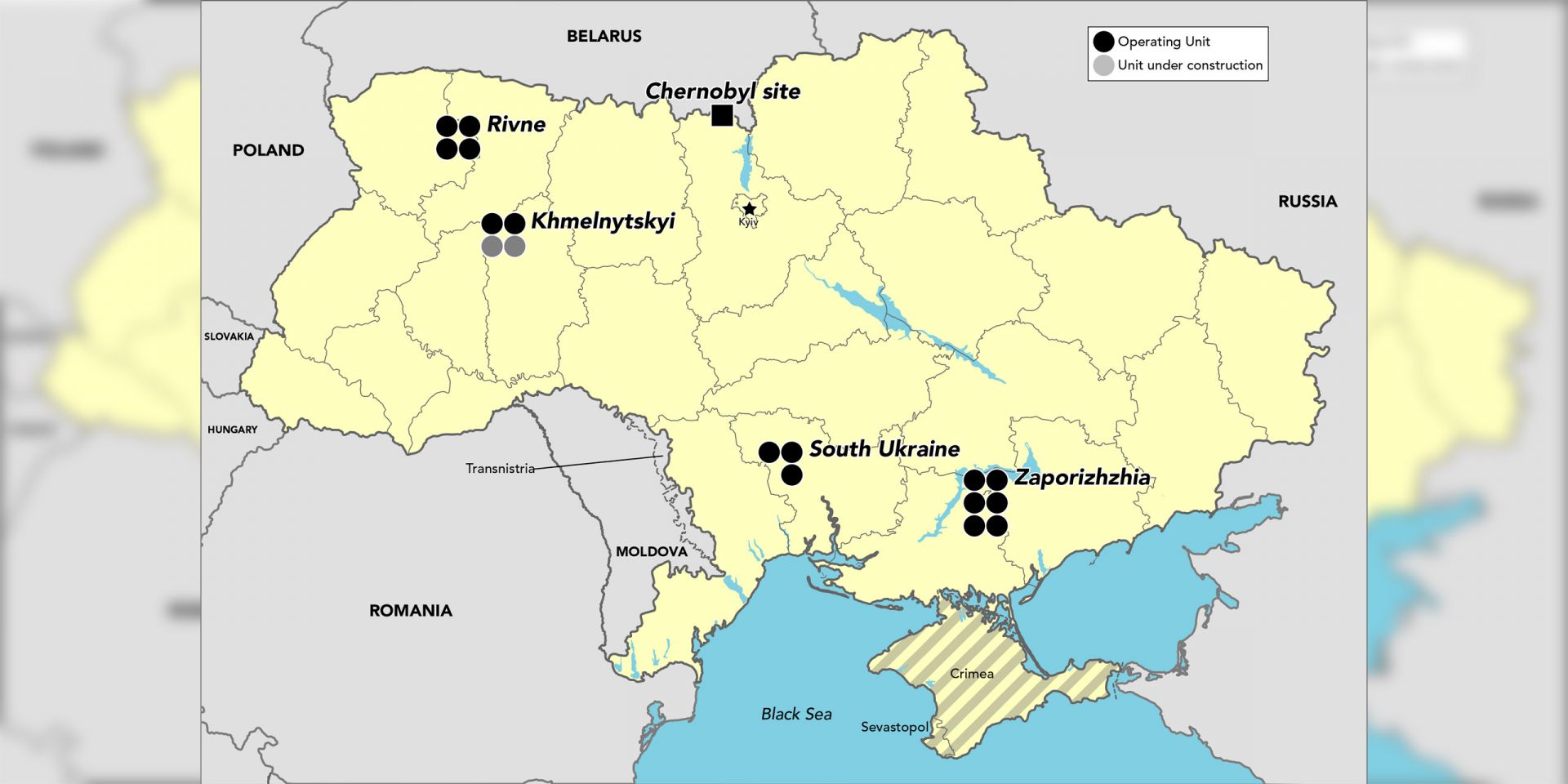
Russian forces invaded Ukraine today in what news sources are calling the largest military attack of one state against another on the European continent since World War II. These developing events follow an extraordinary meeting of the NATO-Ukraine Commission in Brussels on February 22, when NATO secretary general Jens Stoltenberg said that Russia’s recent actions constituted “serious escalation” of tensions in the region and that Russia had shifted from covert attempts to destabilize Ukraine to overt military action. Well before this juncture was reached, news outlets had questioned the readiness of Ukraine’s nuclear power fleet to operate safely in a country at war and ensure energy security, while Energoatom, which operates all of Ukraine’s nuclear power reactors, has issued assurances of safety and security.

We’ve sifted through facts and statistics on nuclear power in Ukraine to offer some choice insights here. Want more international nuclear data? Check out the March 2022 Nuclear News Reference Issue.

Macron
As part of its drive for carbon neutrality by 2050, France will build at least six new nuclear reactors in the coming decades, according to a February 10 article from Reuters. "What our country needs, and the conditions are there, is the rebirth of France's nuclear industry," French president Emmanuel Macron said as he announced France’s new nuclear strategy.
Macron also said that he wanted to extend the life spans of France’s existing nuclear plants.
The price tag: The six new plants would be built and operated by state-controlled energy provider EDF, which has estimated the cost of those plants total at about 50 billion euros (about $57 billion), depending on financing conditions, according to the article.
The first new reactor, an evolution of the European Pressurized Reactor (EPR), would come on line by 2035, Macron said. The article added that the country would embark on a study to determine whether a further eight reactors beyond the initial six would be needed.

Regalbuto
High-assay low-enriched uranium (HALEU) is the power-dense feedstock of choice for a slew of advanced reactor designs. There’s just one problem: It isn’t available . . . yet. Downblending high-enriched uranium owned by the Department of Energy to between 5 and 19.75 percent fissile U-235 is a stopgap measure at best, and no U.S. facility can yet produce commercial quantities of uranium above the 5 percent U-235 limit for low-enriched uranium.
The problem is one not of technology, but of economics: Enrichment companies want to see clear market signals that advanced reactors will be deployed in quantity, leading to long-term purchase agreements that will justify investments made today.
ANS Fellow Monica Regalbuto is director of Nuclear Fuel Cycle Strategy at Idaho National Laboratory, tasked with leveraging her more than 30 years of fuel cycle experience to ensure an adequate domestic supply of HALEU. She was invited to speak about her work during the opening plenary session of the 2021 ANS Winter Meeting.
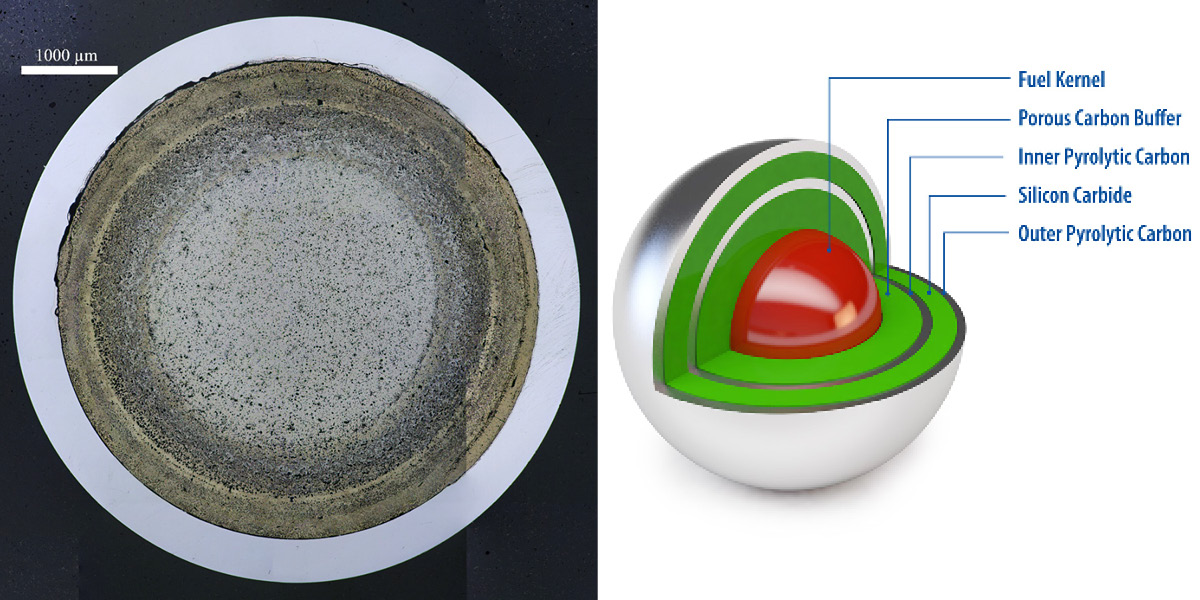
Positioning nuclear power to combat climate change requires the rollout of advanced reactors to replace carbon-emitting power generation. That necessity, and its urgency, is reflected in recent budget proposals for the Department of Energy’s Office of Nuclear Energy. Part of that proposed funding focuses on deploying new fuel technologies.
Metallic fuels, which are alloys of fissionable material, offer several advantages, including more fuel-efficient reactors with a double or greater fuel burnup than the oxide fuels found in light water reactors. Fuel fabrication is also more cost-effective with metallic fuels than with oxide fuels. Furthermore, much of the research and development effort needed to qualify these metallic fuels has been done.

With the 2022 Winter Olympics officially starting tomorrow morning with the opening ceremony, Nuclear News dug through the archives for the perfect #ThrowbackThursday post: a look at the fictional 1984 Nuclear Power Olympics!
For those who are new to Nuclear News, “Backscatter” was a long-running column frequently penned by ANS member and amateur humorist Bill Minkler. The September 1984 Backscatter was a response to that year’s Summer Olympics; Minkler provided a review of the events and winners of his fictional counterpart, “held” in Hoboken, N.J.
The following text below is a reprint of Minkler's article from 1984. Enjoy!

Designing a reactor is complicated but building one may be harder. Even companies that have had lots of practice haven’t always done it well. And all the power reactors in service today were built by companies that had years of experience in other kinds of big steam-electric power plants. In contrast, some of the creative new designs now moving toward commercialization come from start-ups that have never built anything at all. How should they prepare?
Early in my year as ANS vice president/president-elect, I was determined to try to find a project that the entire ANS community could rally behind and could be completed during my year as ANS president. I was looking for something that would provide community-identified focus areas for future activities and that would mobilize, energize, and inspire ANS members during that year and in the years ahead.

As we begin a new year, it is natural not only to look back (see page 24 for top news stories of 2021) but also to look forward. Nuclear News reached out to leaders in the nuclear community to get their predictions on what 2022 has in store, whether broadly or for their specific areas within the community. Although the responses below are wide-ranging and varied, one thing is made clear by all of the respondents: 2022 will see growth and opportunity. The future for nuclear is bright.
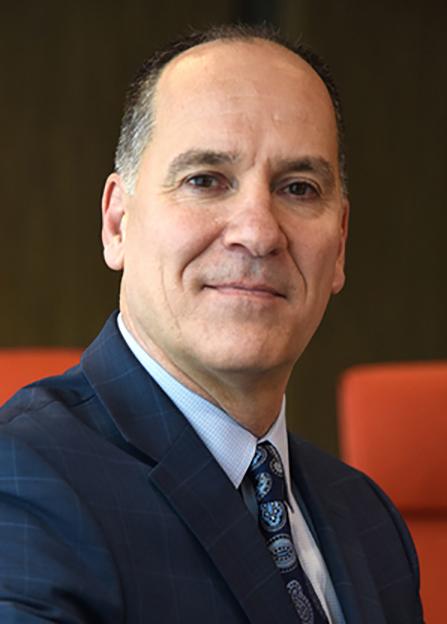
John C. Wagner
Like many of you, I have dedicated my career to the advancement of nuclear energy. We chose this path because clean energy changes lives. If we want to reduce greenhouse gas emissions, end energy poverty, develop a U.S. power grid that is secure and resilient, and ensure national security, nuclear must be a significant part of the mix.
But let us acknowledge the reality of our situation. Nuclear power plants continue to close. New reactor projects are too often delayed by cost overruns and red tape. Not having solved the politics for a permanent repository, spent fuel sits at shut-down reactor sites.
We find ourselves perpetually running the hamster wheel, building paper reactors, and grinding our teeth as critics cloud public discourse by regurgitating old fears and clinging to the tired tropes of a bygone era.
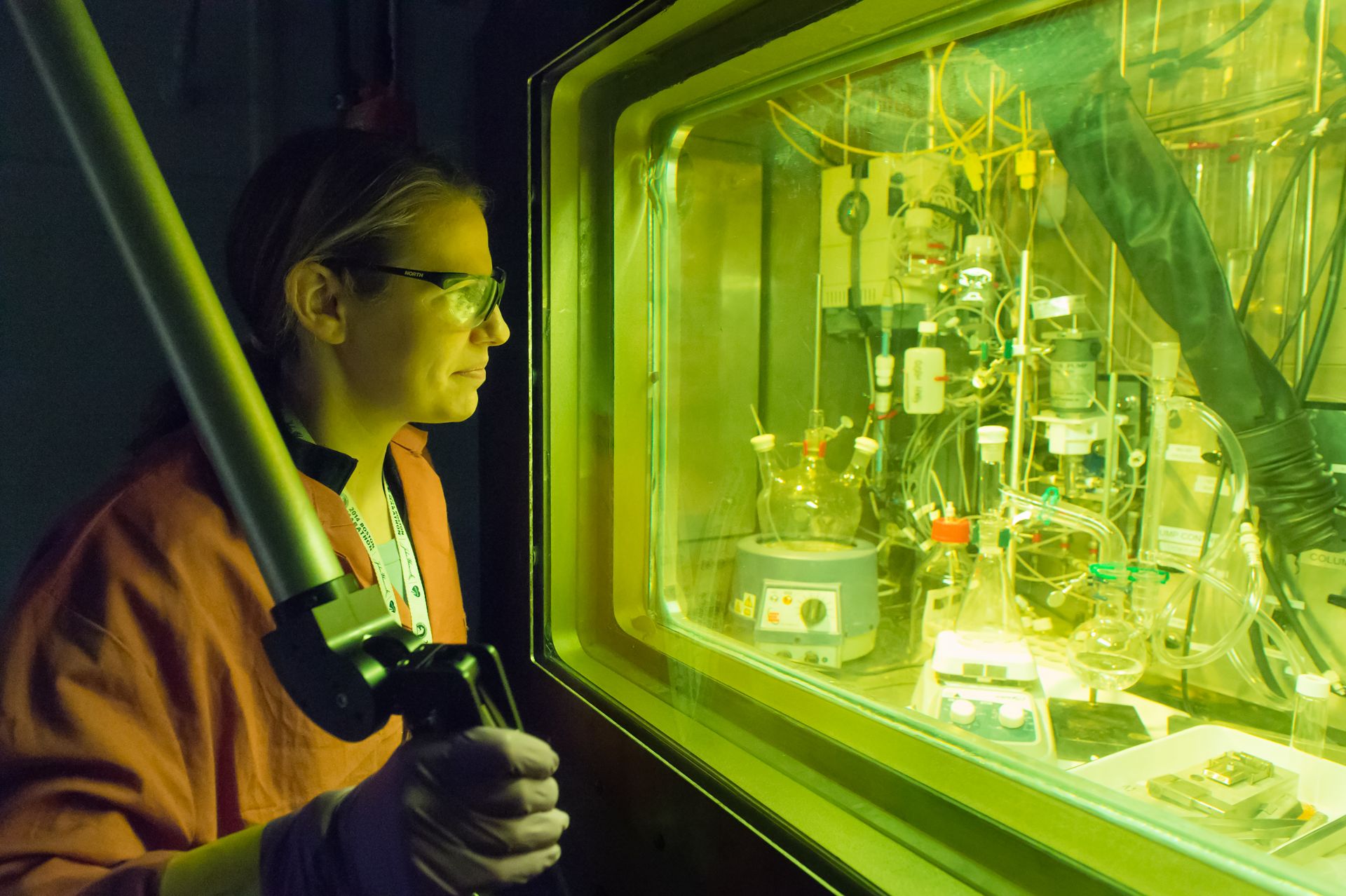
The biggest impact of radiation in our lives may come not from radiation itself, but from regulations and guidelines intended to control exposures to man-made sources that represent a small fraction of the natural radiation around us.
Decades of research have been unable to discern clear health impacts from low levels of ionizing radiation, leading to calls for a new research program—one with a strategic research agenda focused on how the scientific understanding of the health effects of low doses (below 100 millisievert) and low dose rates (less than 5 mSv per hour) can best be augmented, applied, and communicated.
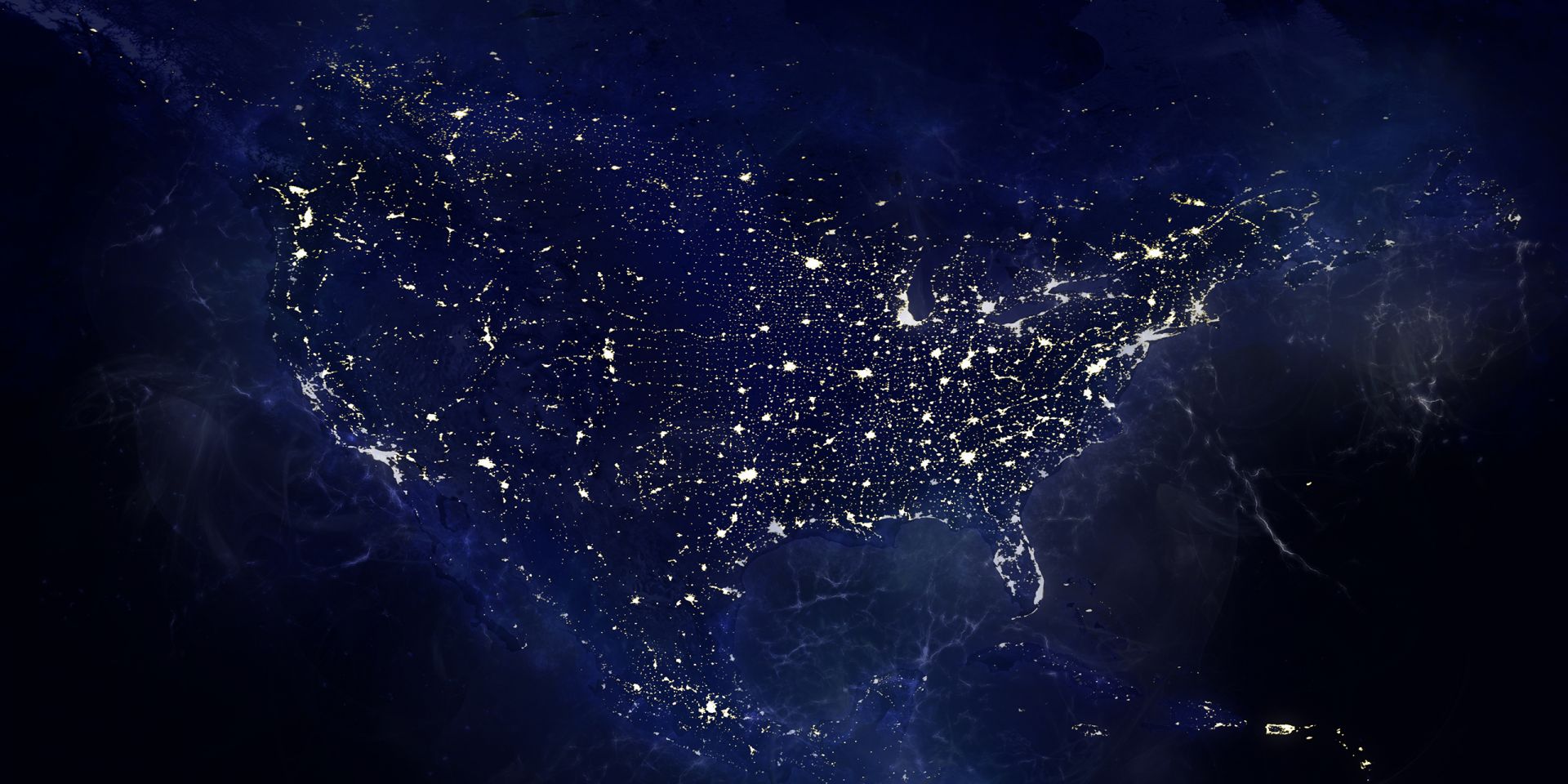
As 2021 closes, Nuclear News is taking a look back at some of the feature articles published each month in the magazine. The May issue reviewed the economics of nuclear power and provided some great articles on nuclear power plant capacity factors, advanced reactor markets, the economic consequences of plant closures, plant closures as an opportunity for industry engagement with local communities, and the article below that looks at why the electricity markets are failing nuclear power plants.
The Biden administration has a goal to decarbonize the U.S. electricity sector by 2035.1 Achieving this goal would require a massive nuclear power build program. The U.S. nuclear power industry’s size and historical success signal that we are in a good position to do this, but at present, the U.S. nuclear fleet is shrinking. Why is this so, and what can be done to turn the trend around?

As 2021 closes, Nuclear News is taking a look back at some of the feature articles published each month in the magazine. The April issue reviewed the current state of advanced reactors. This article looks at how the DOE and private industry are working together to realize the benefits of advanced nuclear.
As electric utilities rush to reduce carbon emissions by investing in intermittent renewables such as wind and solar, they often rely heavily on fossil fuels to provide steady baseload power.
More than 60 percent of the nation’s electricity is still generated with fossil fuels, especially coal-fired and gas-fired power plants that have the ability to quickly ramp up or ramp down power to follow loads on the electric grid. Most experts agree that even with a radical advancement in energy storage technology, relying exclusively on wind and solar to replace fossil fuels won’t be enough to maintain a stable electric grid and avoid the major impacts of climate change.
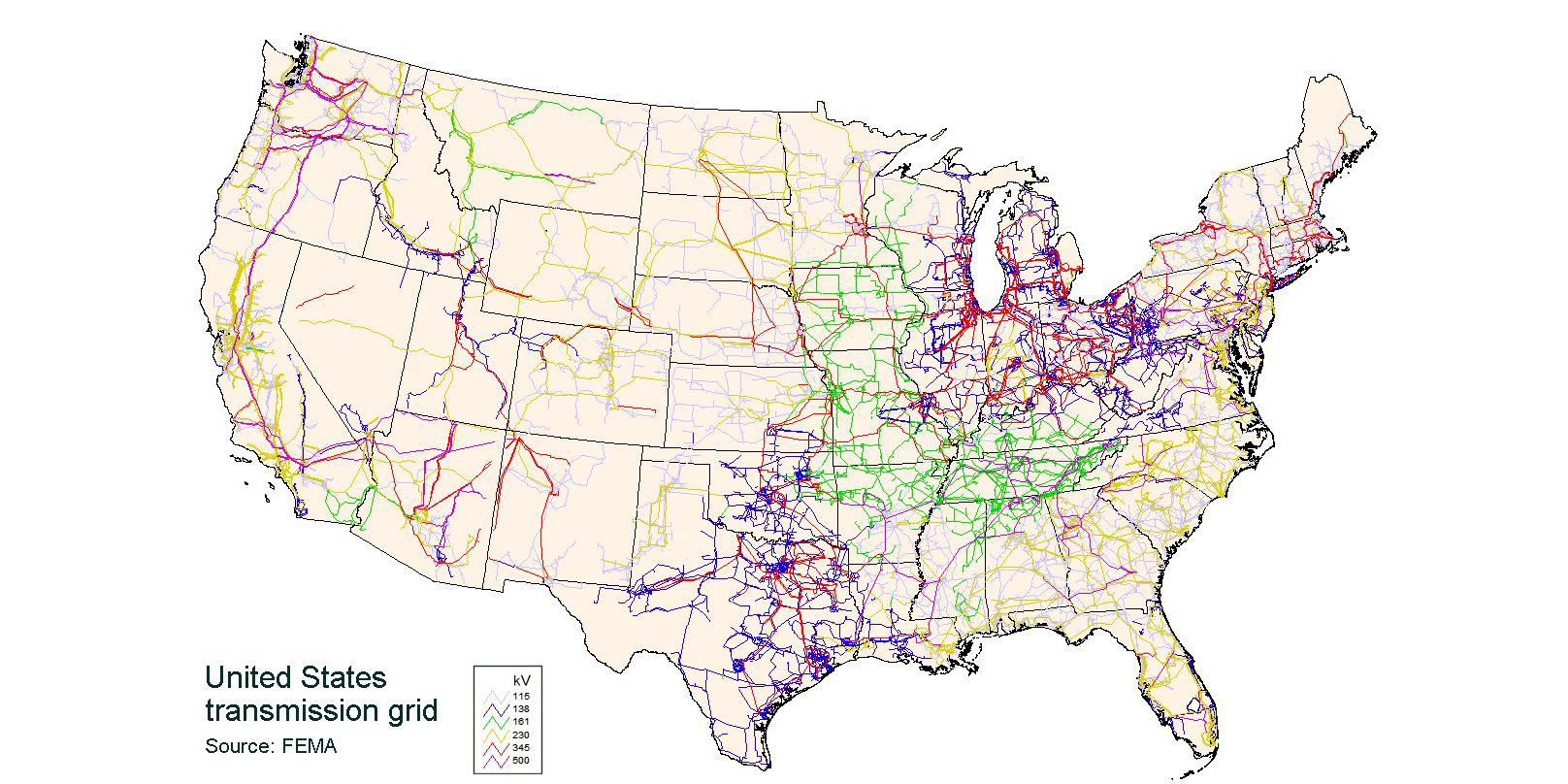
To do big things, like building the interstate highway system, or going to the moon, government usually has a plan. Electric companies and grid operators, which are responsible for keeping the lights on, always have a plan. But something unusual has happened in the past few months. About four dozen U.S. utilities, plus the federal government and many states, have promised to do something extremely big: to eliminate carbon dioxide emissions, or cut them drastically. But they are not clear on how.
 In September, cable television’s Science Channel aired an episode on power plant catastrophes as part of its series Deadly Engineering, with one principal segment on the 1979 Three Mile Island accident. The episode contains several inaccuracies and distortions—perhaps the biggest mistake being that the TMI accident was featured in Deadly Engineering at all, since no deaths or long-term adverse health trends resulted from the accident.
In September, cable television’s Science Channel aired an episode on power plant catastrophes as part of its series Deadly Engineering, with one principal segment on the 1979 Three Mile Island accident. The episode contains several inaccuracies and distortions—perhaps the biggest mistake being that the TMI accident was featured in Deadly Engineering at all, since no deaths or long-term adverse health trends resulted from the accident.
Leaving that aside, the episode includes other errors that executives at Science Channel should have caught and corrected before airing. They also should have made sure to include knowledgeable scientific reviewers from both sides of the nuclear issue, which they did not.
The biggest falsehood in the episode comes very near the beginning, with the horribly erroneous claim that most of eastern Pennsylvania was made permanently uninhabitable by the accident. Incredibly wrong, and likely believable and very frightening to some viewers.
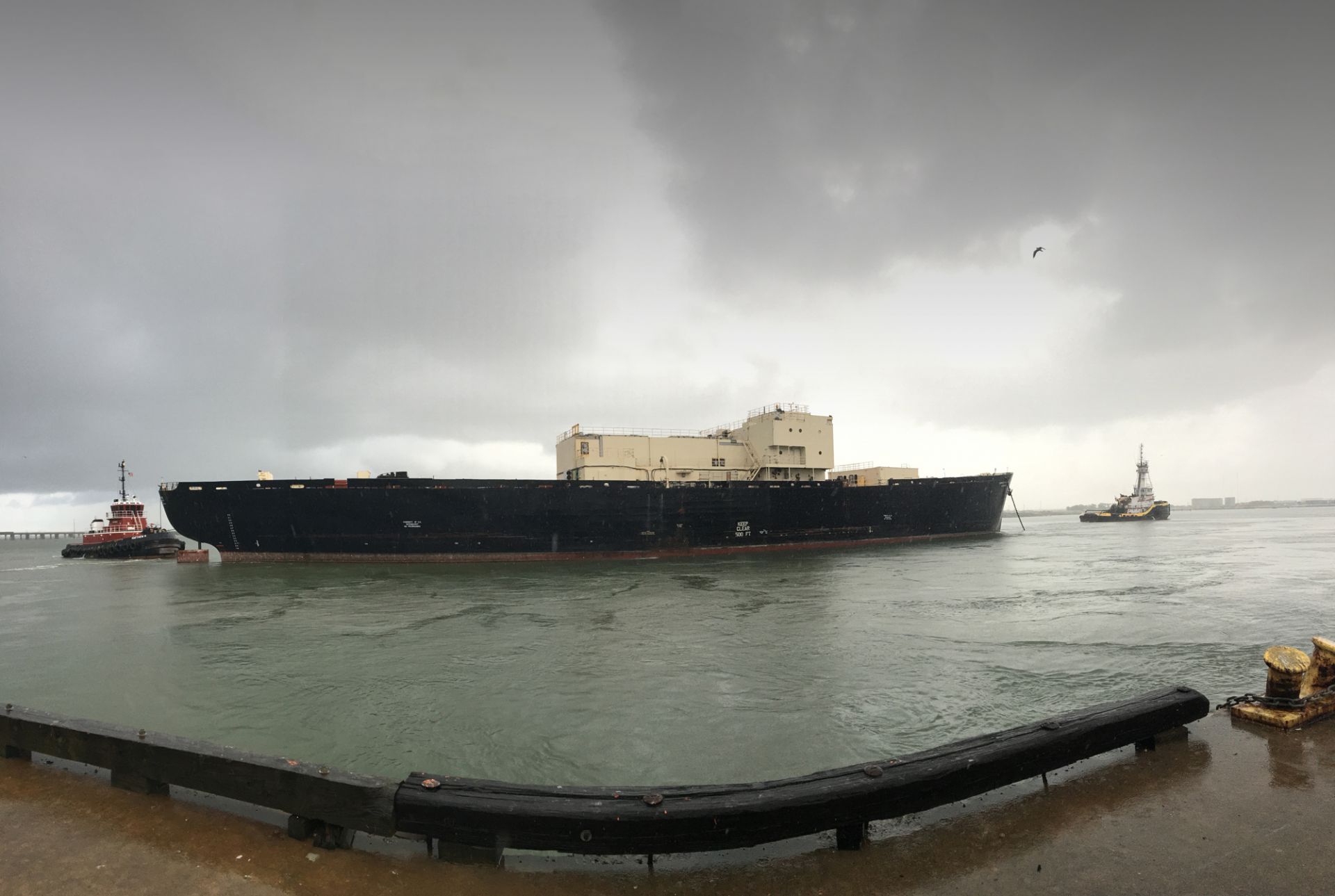
The U.S. Army Corps of Engineers (USACE), Baltimore District, is home to the North Atlantic Division’s Radiological Health Physics Regional (RHPR) Center of Expertise, which is leading the decommissioning of Army reactors.
From 1956 to 1976, the Army’s nuclear power program operated several small nuclear reactors to confirm the feasibility of their meeting military power needs on land. Three Army reactors were deactivated in the 1970s and placed into safe storage awaiting future decommissioning.
Statement from American Nuclear Society President Steven Nesbit and Executive Director/CEO Craig Piercy

The American Nuclear Society supports the continued operation of California's Diablo Canyon nuclear power plant. The premature shutdown of Diablo Canyon units 1 and 2, slated respectively in November 2024 and August 2025, will inflict grave harm to California's economy and environment.
Statement from American Nuclear Society President Steven Nesbit and Executive Director and CEO Craig Piercy:
Southern California Edison has a plan—and it just might build momentum to solve the nation’s spent nuclear fuel disposal dilemma.
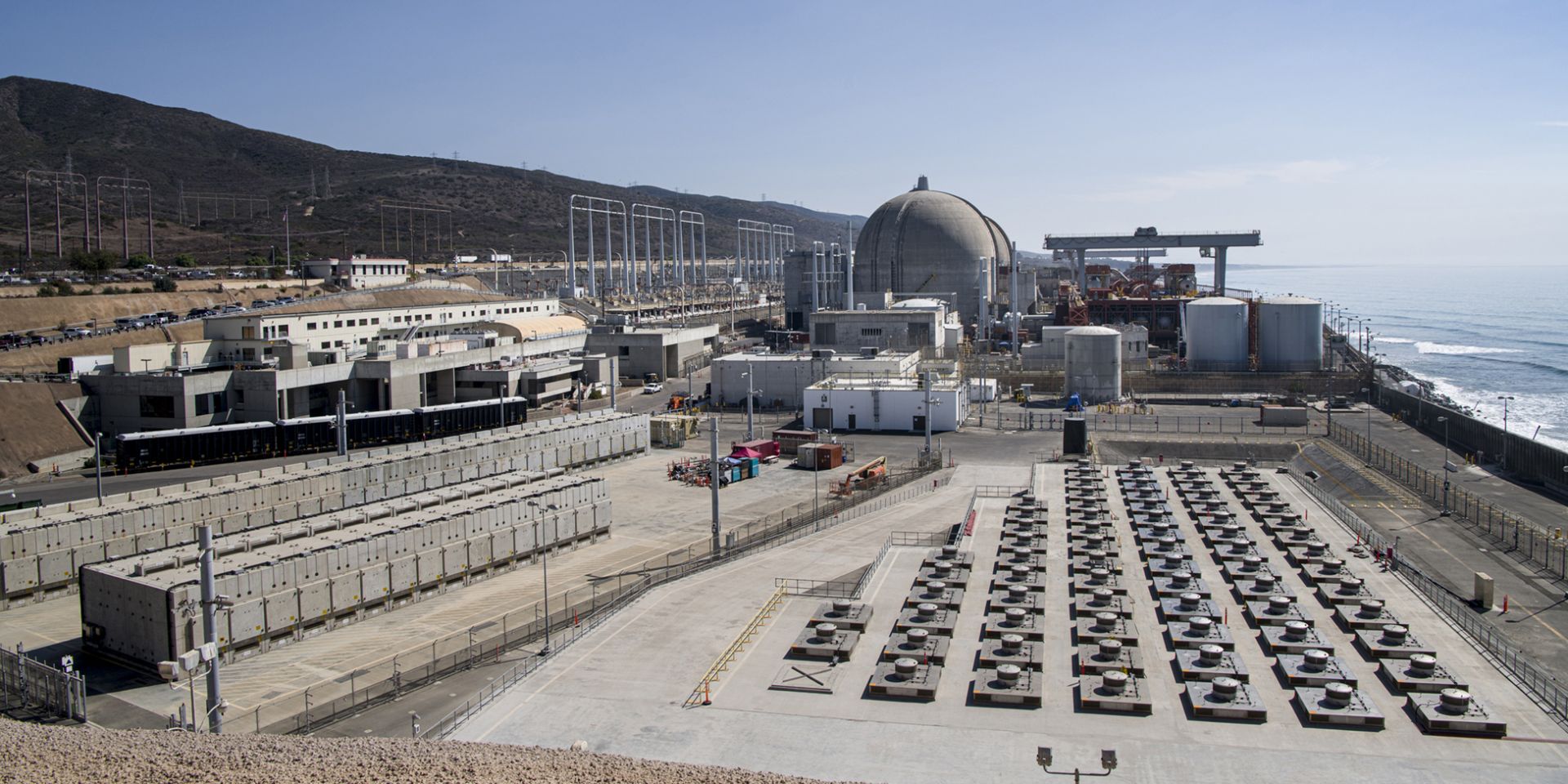
Imagine it’s January 1998. A specially equipped train from the Department of Energy rolls up to the San Onofre Nuclear Generating Station (SONGS) to pick up spent nuclear fuel and take it to the Yucca Mountain repository in Nevada. This scene is repeated thousands of times at nuclear plant sites across the U.S. over the ensuing decades. The solution to permanent spent fuel disposal as outlined in the Nuclear Waste Policy Act (and its amendments) is working as intended. The nation’s commercial spent fuel is safely isolated deep underground for the long term.
But that is not what happened. Work on Yucca Mountain has been stalled for a full decade, and the organization within the DOE that by law is responsible for managing the spent fuel program has been defunded and disbanded.